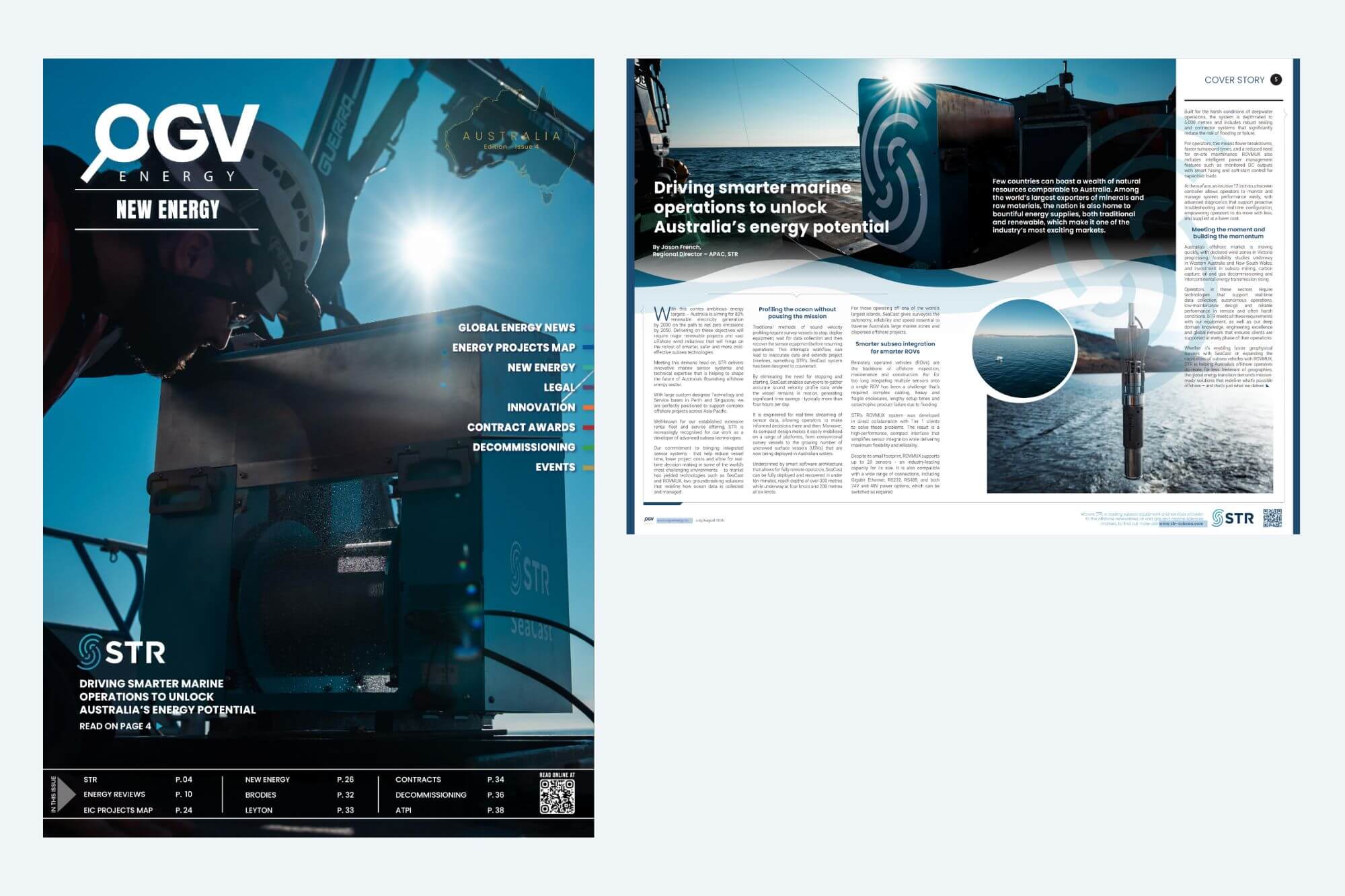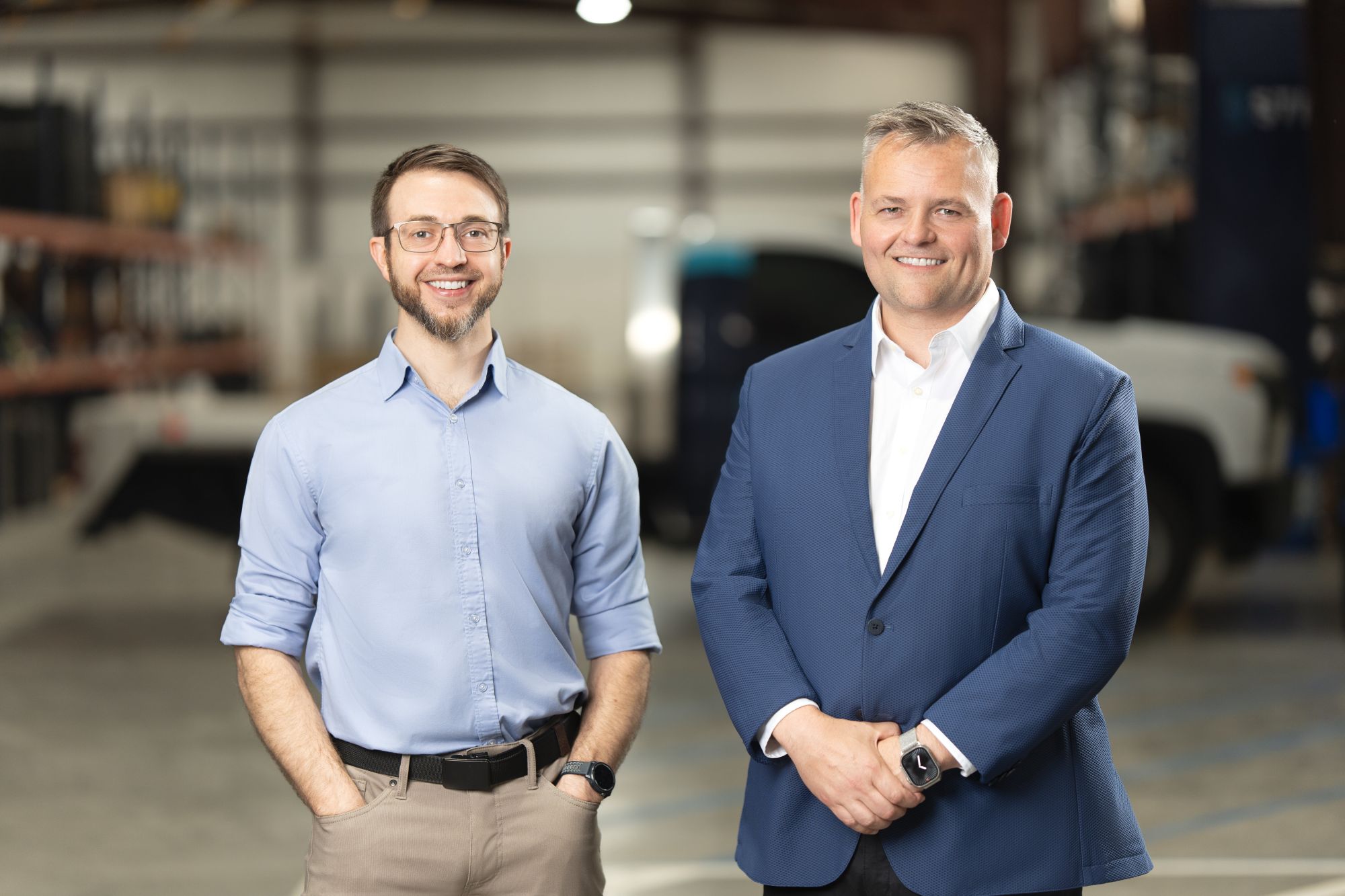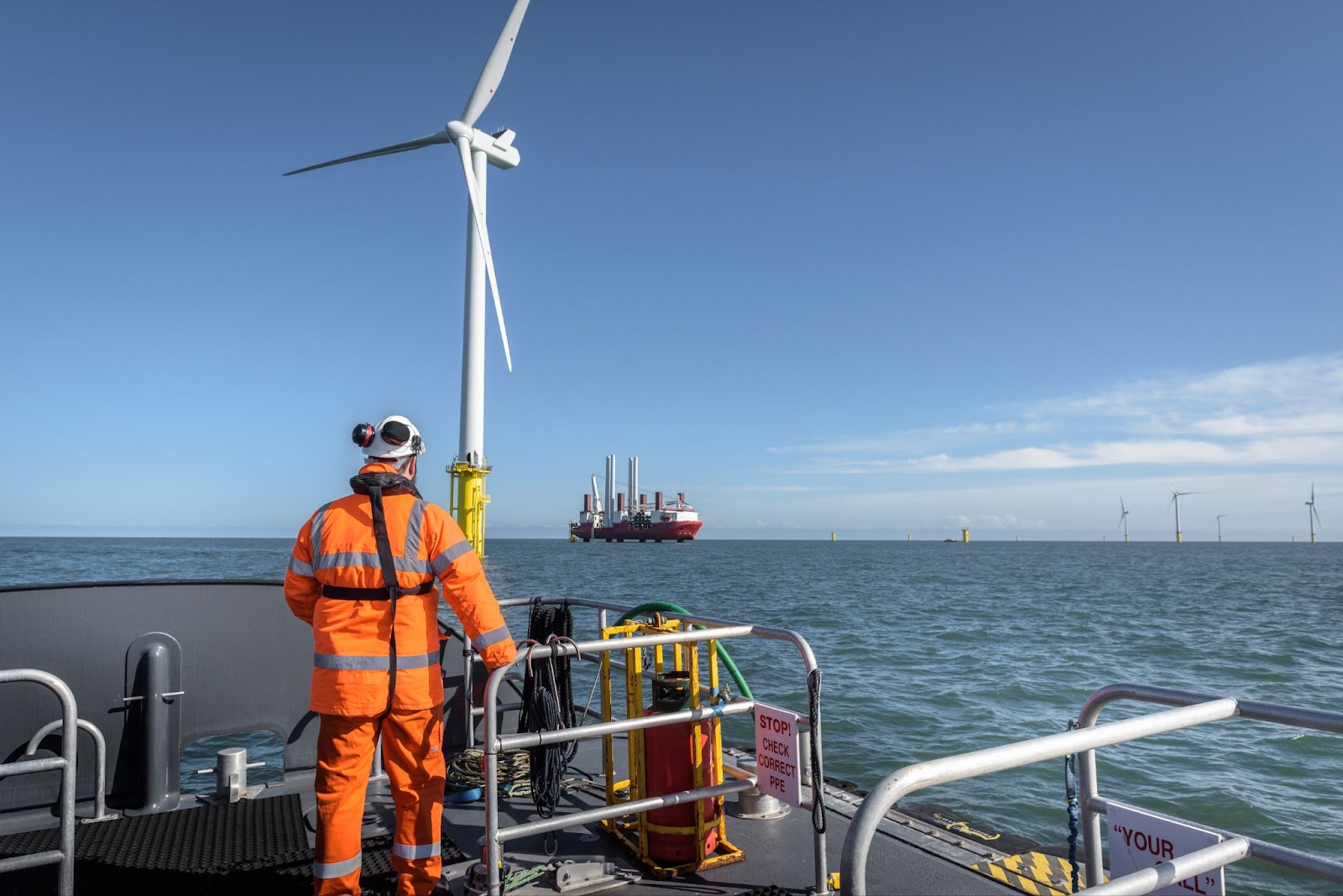This article was recently featured in the prestigious OGV Magazine – Australia edition, detailing STR’s work and expertise in supporting countries like Australia to tap into their energy potential, smartly and efficiently.
Few countries can boast a wealth of natural resources comparable to Australia. Among the world’s largest exporters of minerals and raw materials, the nation is also home to bountiful energy supplies, both traditional and renewable, which make it one of the industry’s most exciting markets.
With this comes ambitious energy targets – Australia is aiming for 82% renewable electricity generation by 2030 on the path to net zero emissions by 2050. Delivering on these objectives will require major renewable projects and vast offshore wind initiatives that will hinge on the rollout of smarter, safer and more cost-effective subsea technologies.
Meeting this demand head on, STR delivers innovative marine sensor systems and technical expertise that is helping to shape the future of Australia’s flourishing offshore energy sector.
With large custom designed Technology and Service bases in Perth and Singapore, we are perfectly positioned to support complex offshore projects across Asia-Pacific.
Well-known for our established extensive rental fleet and service offering, STR is increasingly recognised for our work as a developer of advanced subsea technologies.
Our commitment to bringing integrated sensor systems – that help reduce vessel time, lower project costs and allow for real-time decision making in some of the world’s most challenging environments – to market has yielded technologies such as SeaCast and ROVMUX, two groundbreaking solutions that redefine how ocean data is collected and managed.
Profiling the ocean without pausing the mission
Traditional methods of sound velocity profiling require survey vessels to stop, deploy equipment, wait for data collection and then recover the sensor equipment before resuming operations. This interrupts workflow, inaccurate data and extends project timelines, something STR’s SeaCast system has been designed to counteract.
By eliminating the need for stopping and starting, SeaCast enables surveyors to gather accurate sound velocity profile data while the vessel remains in motion, generating significant time savings – typically more than four hours per day.
It is engineered for real-time streaming of sensor data, allowing operators to make informed decisions there and then. Moreover, its compact design makes it easily mobilised on a range of platforms, from conventional survey vessels to the growing number of uncrewed surface vessels (USVs) that are now being deployed in Australian waters.
Underpinned by smart software architecture that allows for fully remote operation, SeaCast can be fully deployed and recovered in under ten minutes, reach depths of over 300 metres while underway at four knots and 200 metres at six knots.
For those operating off one of the world’s largest islands, SeaCast gives surveyors the autonomy, reliability and speed essential to traverse Australia’s large marine zones and dispersed offshore projects.
Smarter subsea integration for smarter ROVs
Remotely operated vehicles (ROVs) are the backbone of offshore inspection, maintenance and construction. But for too long integrating multiple sensors onto a single ROV has been a challenge that’s required complex cabling, heavy and fragile enclosures, lengthy setup times, and catastrophic product failure due to flooding.
STR’s ROVMUX system was developed in direct collaboration with Tier 1 clients to solve these problems. The result is a high-performance, compact interface that simplifies sensor integration while delivering maximum flexibility and reliability.
Despite its small footprint, ROVMUX supports up to 20 sensors – an industry-leading capacity for its size. It is also compatible with a wide range of connections, including Gigabit Ethernet, RS232, RS485, and both 24V and 48V power options, which can be switched as required.
Built for the harsh conditions of deepwater operations, the system is depth-rated to 6,000 metres and includes robust sealing and connector systems that significantly reduce the risk of flooding or failure.
For operators, this means fewer breakdowns, faster turnaround times, and a reduced need for on-site maintenance. ROVMUX also includes intelligent power management features such as monitored DC outputs with smart fusing and soft-start control for capacitive loads.
At the surface, an intuitive 12-inch touchscreen controller allows operators to monitor and manage system performance easily, with advanced diagnostics that support proactive troubleshooting and real-time configuration, empowering operators to do more with less, and supplied at a lower cost.
Meeting the moment and building the momentum
Australia’s offshore market is moving quickly, with declared wind zones in Victoria progressing, feasibility studies underway in Western Australia and New South Wales, and investment in subsea mining, carbon capture, oil and gas decommissioning and intercontinental energy transmission rising.
Operators in these sectors require technologies that support real-time data collection, autonomous operations, low-maintenance design and reliable performance in remote and often harsh conditions. STR meets all these requirements with our equipment, as well as our deep domain knowledge, engineering excellence and global network that ensures clients are supported at every phase of their operations.
Whether it’s enabling faster geophysical surveys with SeaCast or expanding the capabilities of subsea vehicles with ROVMUX, STR is helping Australia’s offshore operators do more, for less. Irrelevant of geographies, the global energy transition demands mission-ready solutions that redefine what’s possible offshore – and that’s just what we deliver.
Share


